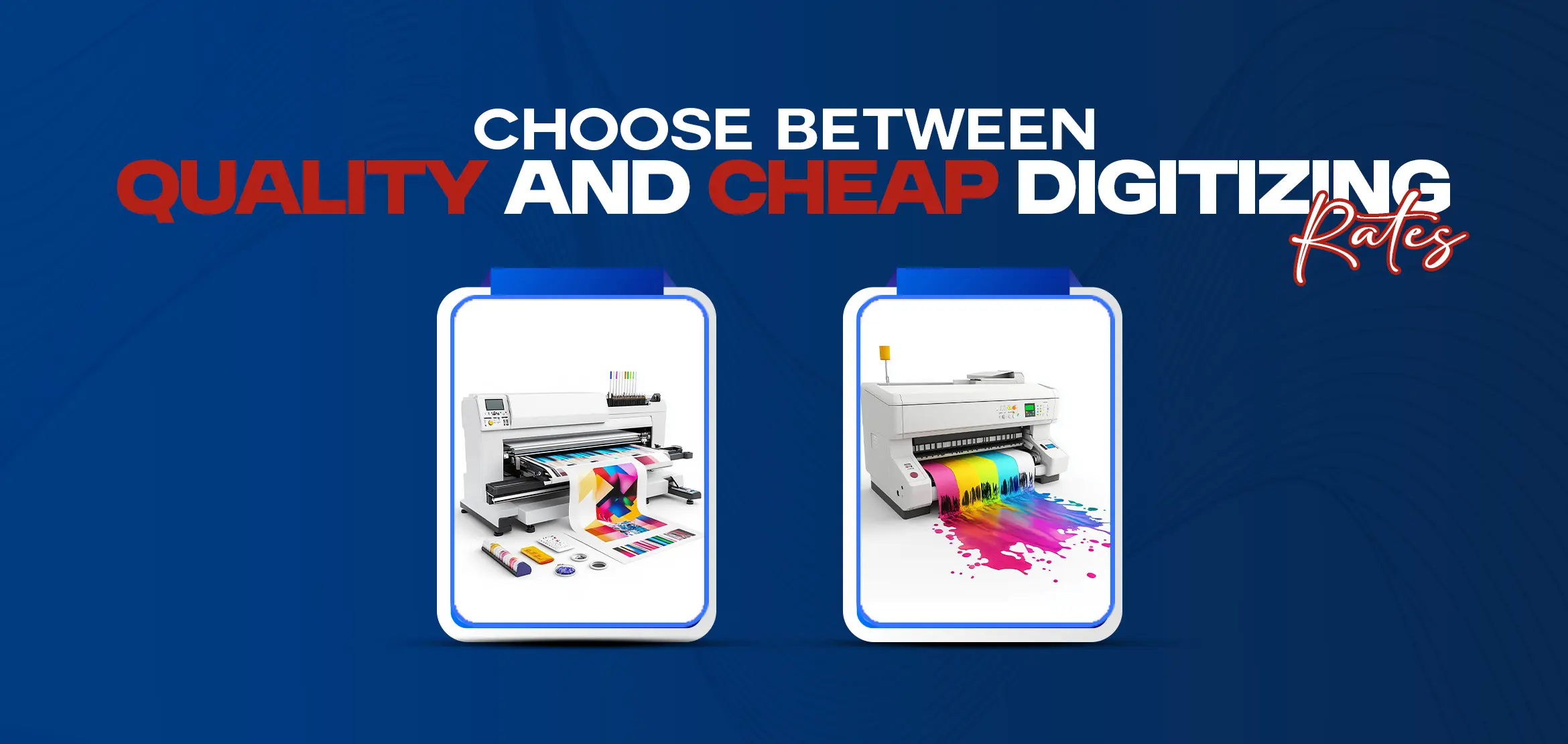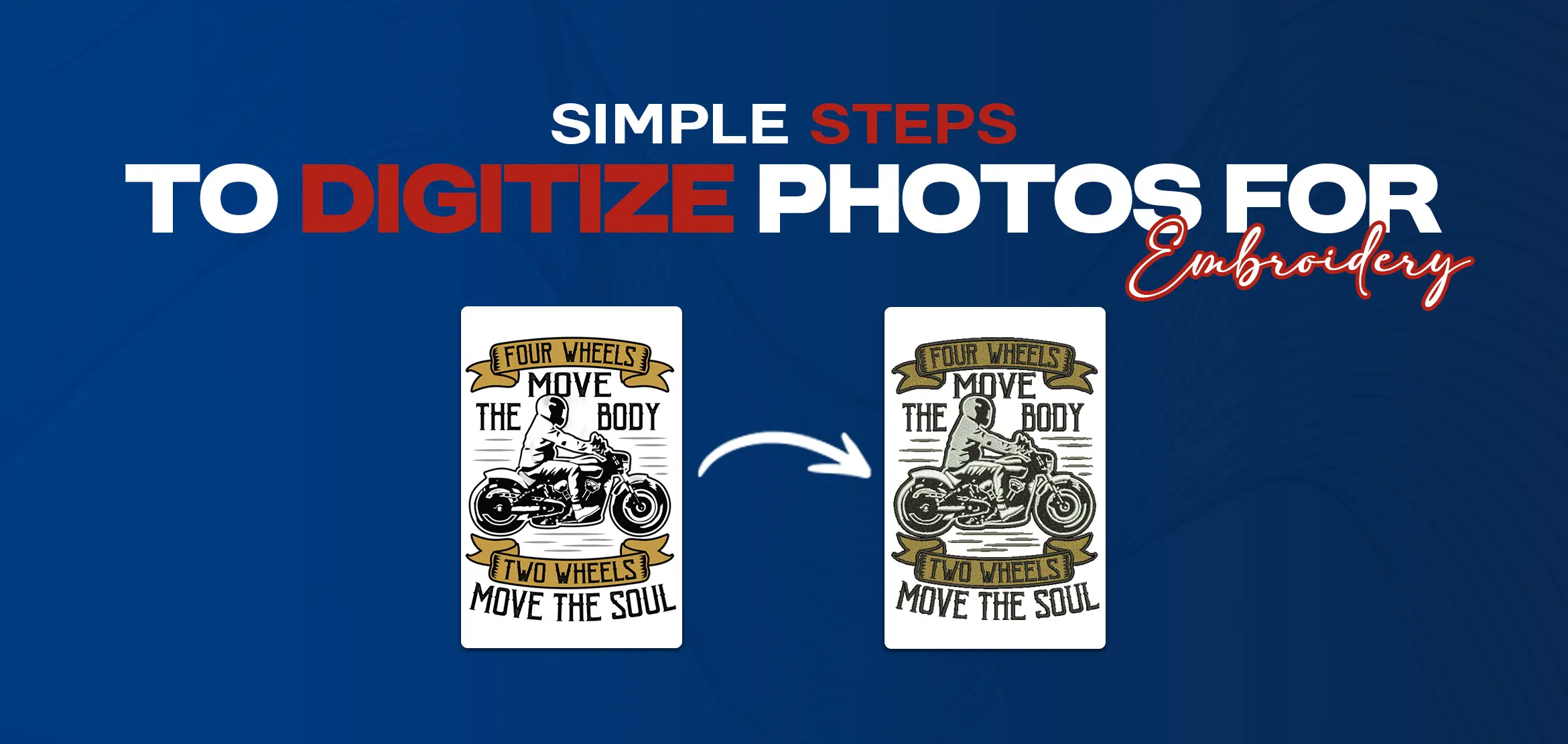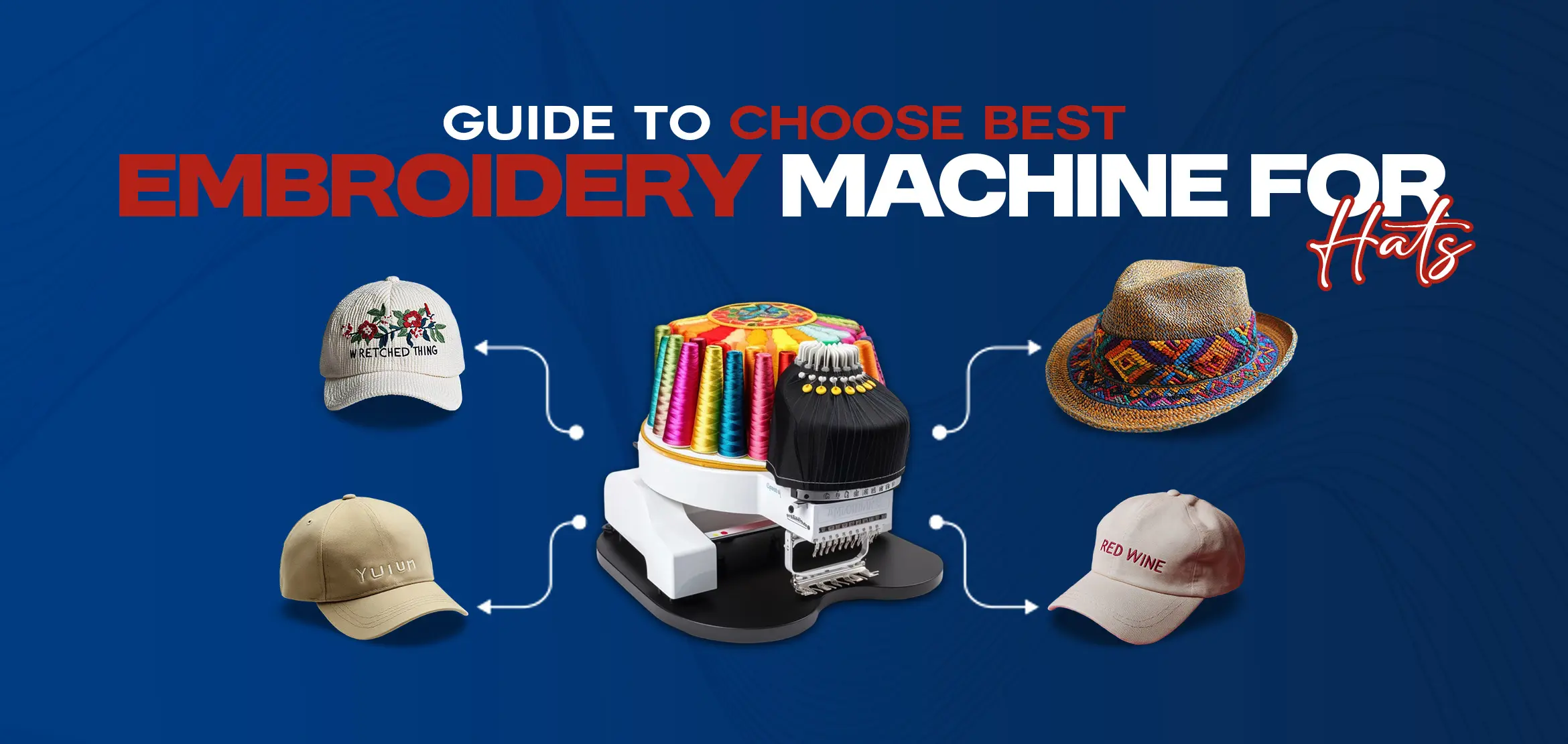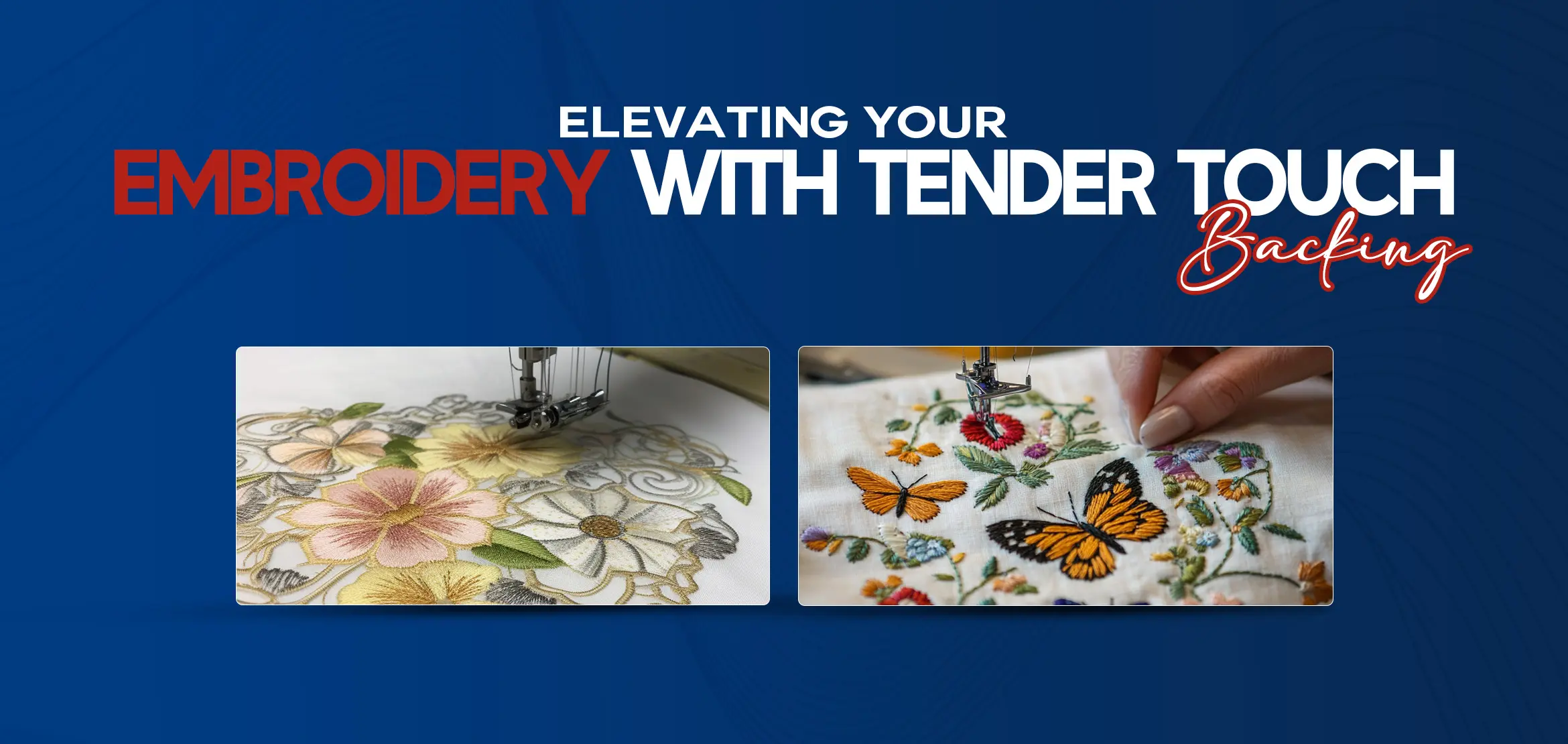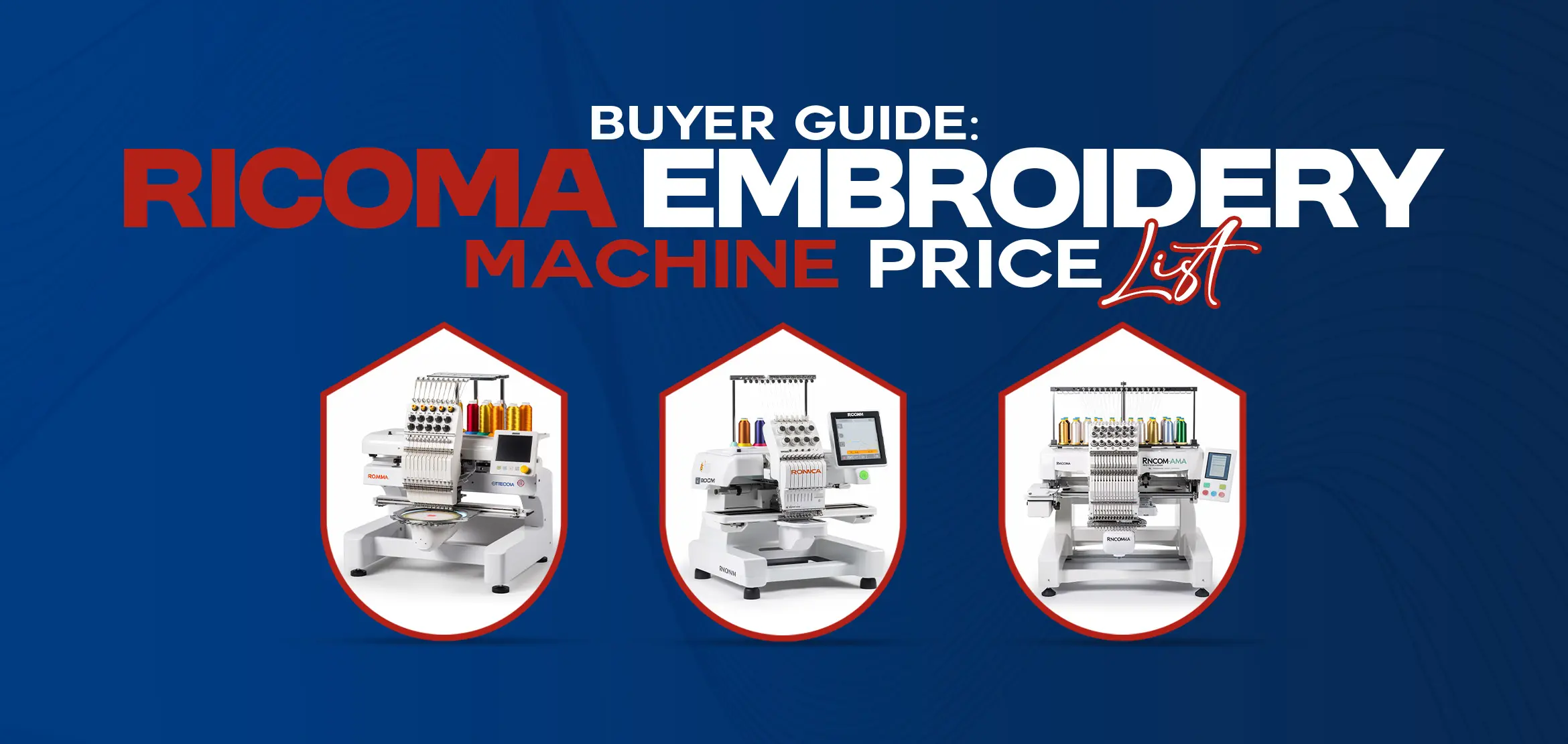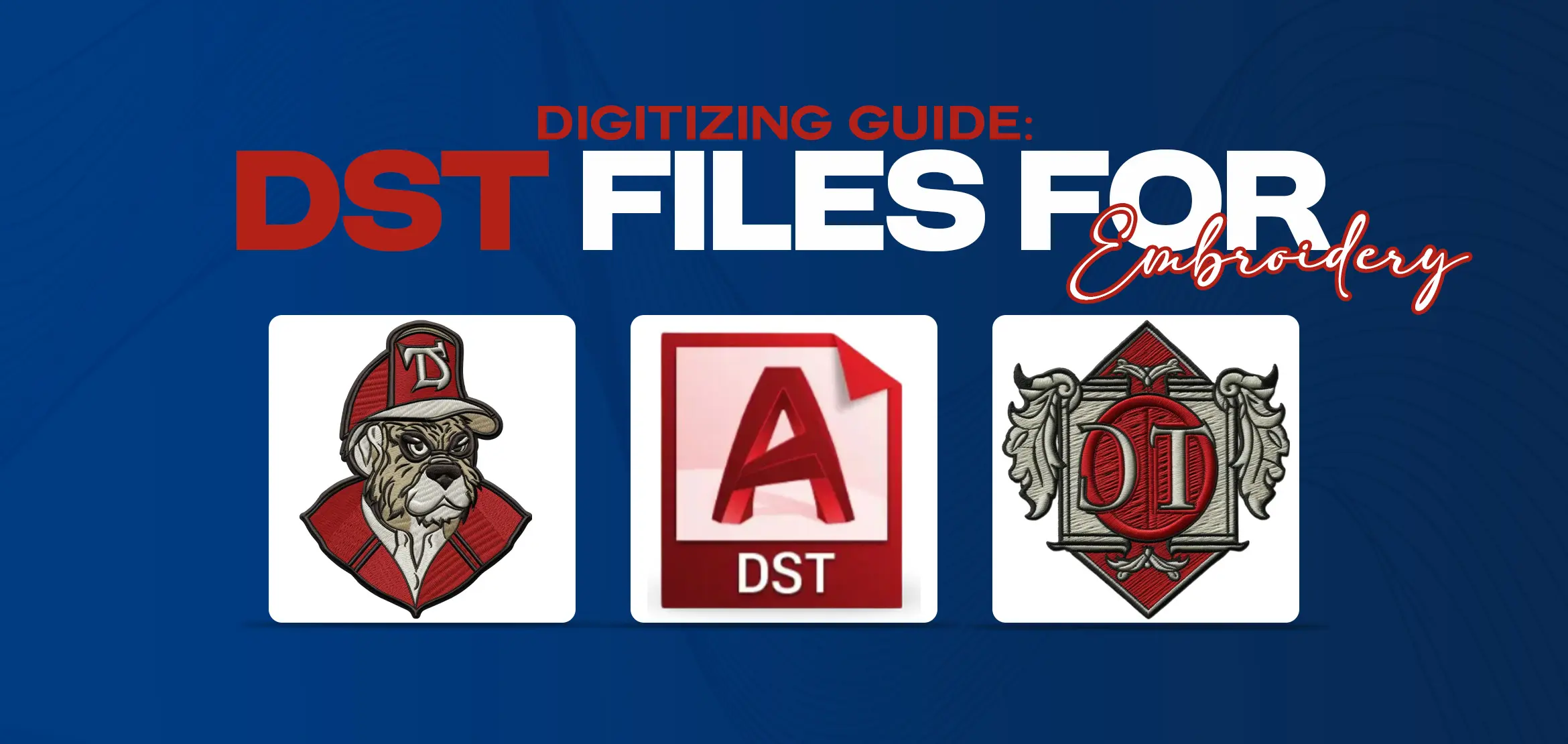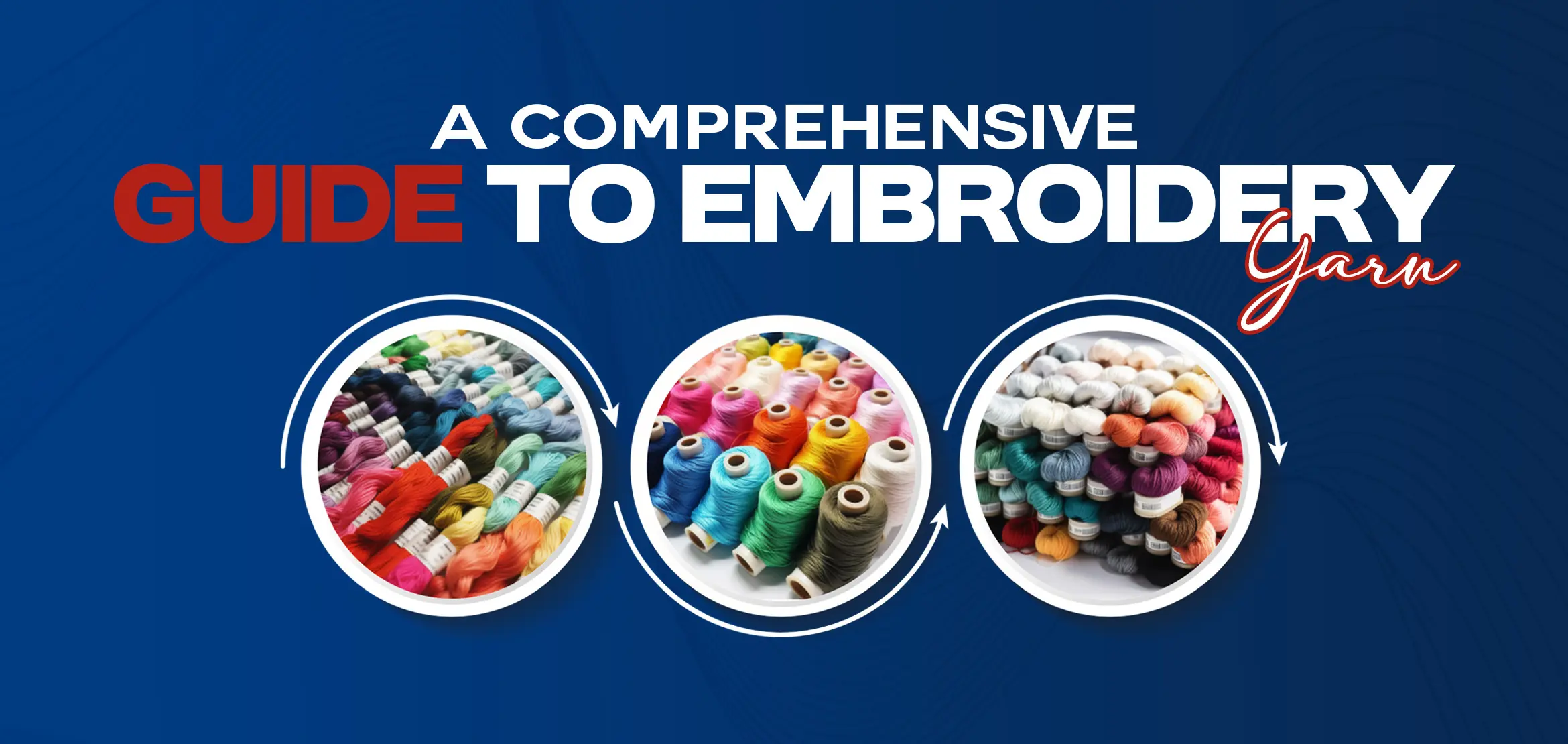
A Comprehensive Guide to Embroidery Yarn
Embroidery yarn is a crucial part of any embroidery project. It serves as the medium through which complex designs and patterns are stitched onto fabric. Choosing the right type of embroidery yarn is essential for achieving the desired result. To make sure the longevity of embroidery yarn, proper care and maintenance are essential. Yarn should be stored in a clean and dry environment to prevent damage. Cleaning instructions may vary depending on the type of yarn, so it is important to follow the manufacturer's instructions. By understanding the characteristics, uses, and care of different types of embroidery yarn, You can enhance your stitching journey and create beautiful and lasting works of art. Let’s start.
Table Of Content
- Popular Choices of Embroidery Yarn
- 1. Acrylic Threads
- 2. Cotton Threads
- 3. Rayon Threads
- 4. Wool Threads
- Selecting the Right Type of Embroidery Yarn
- 1. Weight of the Threads
- 2. Color and Design Considerations
- Care and Maintenance Tips for Your Embroidery Yarn
- Storing the Yarn Correctly
- Cleaning Tips for Acrylic Threads:
- Wool threads Cleaning:
- Conclusion
- FAQs (Frequently Asked Questions)
Embroidery yarn comes in various types, each offering its own unique qualities and uses. Among the popular choices are cotton, silk, and acrylic yarn. These popular choices provide a diverse range of options to suit different embroidery needs and preferences. Acrylic threads are a popular choice for embroidery projects due to their versatility and durability. These threads are made from synthetic fibers, which gives them a soft and lightweight feel. One of the major benefits of acrylic threads is their resistance to fading, making them ideal for embroidery designs that require long-lasting vibrancy. Acrylic threads are available in a wide range of colors, allowing you to create vibrant and eye-catching embroidery designs. They also have a high sheen, adding a touch of elegance to your projects. These threads work well on a variety of fabrics, including cotton, linen, and even stretchy materials like knits. Cotton embroidery threads are loved for their softness and flexibility. Two popular types are six-stranded cotton and perle cotton. Six-stranded cotton is great for adjusting thickness by separating the strands, while perle cotton adds more texture. Brands like DMC and Venne offer top-quality threads in various shades. These cotton threads suit most embroidery styles and are easy to use. Key points: Six-stranded cotton allows thickness control for detailed or bold stitching. DMC offers a wide color range with a smooth matte finish. Perle cotton is twisted, thicker, and adds texture. Comes in sizes 3, 5, 8, and 12 for varied effects. Works well for both beginners and experienced embroiderers. Rayon threads are a popular choice for embroidery enthusiasts due to their unique characteristics. Made from regenerated cellulose fiber, rayon threads are derived from various plants, such as eucalyptus trees. What sets rayon threads apart is their exceptional glossiness and intense color. When embroidered with rayon threads, your designs will have a beautiful sheen that adds a touch of luxury and elegance. The glossiness of rayon threads makes them stand out, especially when used for complex designs like floral designs or detailed motifs. Rayon threads are typically available in six strands, allowing for versatility in embroidery techniques. You can use all six strands together for a bolder, more textured effect, or separate them into fewer strands for delicate and complicated stitching. This range of options allows for customization in thickness and coverage, making it easier to achieve the desired look for your embroidery project. Wool threads are ideal for hand embroidery, offering rich texture and depth. Crewel wool, merino wool, and mohair wool each bring a unique effect. Crewel is smooth for fine details, merino is soft and light, and mohair gives a fluffy finish. Popular brands include DMC, Anchor, and Appleton, trusted for embroidery-specific wool threads. Choosing the right type of embroidery yarn is essential to achieve the desired effect in your embroidery project. There are various factors to consider, such as the type of embroidery you are doing, the level of detail you want to achieve and the overall look and texture you want to create. In this section, we will explore different types of embroidery yarns and their characteristics, helping you make informed decisions and bring your embroidery designs to life. Whether you are a beginner or an experienced embroiderer, understanding the different types of yarn available will ensure that your stitches are beautifully executed and your finished embroidery is a work of art. When it comes to embroidery, the weight of the threads used plays a crucial role in the final outcome of the project. The most common type of thread used in embroidery is stranded cotton. Each length of stranded cotton consists of six strands that can be separated as needed. This allows for versatility in creating different thicknesses and textures in the embroidery. When choosing threads for your embroidery project, consider the weight and texture that will best suit your design and desired outcome. Experimenting with different thread types can lead to stunning results and make your embroidery truly unique. Choosing the right color and design is key to embroidery success. Consider your project's purpose, whether it should match a theme or stand alone. Use bold colors for vibrancy or soft tones for a delicate look. Classic combinations and contrasting colors can add depth. Layering textures and adding details make designs more interesting. Key points: Select colors that align with your design’s theme, purpose, and emotional tone. Bright tones = bold look; pastels = soft feel Popular combos: red-green, blue-white, pink-gray Use mixed shades, threads, or beads for added depth Embroidery yarn is a valuable and delicate material that requires proper care and maintenance to ensure its longevity and quality. By following a few simple tips, you can protect your embroidery yarn and keep it in the best possible condition for all your stitching projects. Proper yarn storage helps preserve quality and extend its usability. Keep yarn in clean, dry places away from sunlight. Use zip bags, boxes, or thread organizers to avoid tangling and dust. Separate colors for easier access. Store in a cool place like a drawer or cupboard to prevent fading and damage. Key points: Use thread containers or bags to avoid tangles Organize threads by color for quick access Avoid heat or direct sunlight Use thread organizers to keep storage neat Acrylic threads are very simple to maintain and can be machine washed in cold water. To prevent tangling, place the yarn in a mesh laundry bag or pillowcase before washing. Use a mild detergent and avoid harsh chemicals or bleach. Cotton threads Cleaning: Cotton threads can be washed in cold to warm water, either by hand or in a washing machine. Rinse thoroughly and squeeze out excess water gently. Air dry or tumble dry on a low setting. Rayon threads Cleaning: Rayon threads are delicate and should be hand washed in cold water. Use a mild detergent or fabric softener specifically designed for delicate fabrics. Gently squeeze out excess water without wringing or twisting the threads. Lay flat or hang to dry, avoiding direct sunlight. Wool threads should be hand washed in cold water using a mild wool detergent. Rinse thoroughly and gently squeeze out excess water. Lay flat to dry, away from direct heat sources. No matter what kind of embroidery yarn you use, always test a small area before washing the whole piece. If in doubt, reach out to the manufacturer's cleaning instructions or get expert help. Proper cleaning and care will help preserve the beauty and authenticity of your embroidery yarn for years to come. In conclusion, mastering the art of embroidery begins with understanding the diverse world of embroidery yarn. The careful selection of yarn types like acrylic, cotton, rayon, and wool opens up a realm of creative possibilities. Stranded cotton, perle cotton, and rayon threads each bring their unique qualities to the stitching table, while wool threads offer a spectrum of textures. As you embark on your embroidery journey, remember to consider factors like thread weight, color choices, and the right amount of yarn for your project. Elevate your craft with these insights, and explore the captivating world of embroidery services to turn your visions into stitched masterpieces. Q1. Why is choosing the right type of embroidery yarn crucial for a project? The right type of embroidery yarn is crucial as it serves as the medium for stitching intricate designs onto fabric, influencing the outcome of the project. Q2. What are the advantages of using acrylic threads for embroidery? Acrylic threads offer versatility, durability, resistance to fading, and a soft feel. They are suitable for vibrant and detailed embroidery designs on various fabrics. Q3. How do you estimate the amount of embroidery yarn needed for a project? The amount of embroidery yarn needed depends on factors such as the size of the design, the number of colors used, and the type of stitches. Refer to the recommended thread length per stitch to make accurate estimations. Q4. What considerations should be made when selecting thread colors for embroidery? Consider the purpose or theme of the embroidery, how colors impact the overall look, and explore contrasting colors or color combinations. Incorporate multiple shades and textures for added depth and dimension. Q5. How should wool threads be cared for to preserve their quality? Wool threads should be stored away from direct sunlight and extreme temperatures, and they should be cleaned by hand with a mild wool detergent. Proper care ensures their longevity and maintains their unique qualities in embroidery projects.Popular Choices of Embroidery Yarn
1. Acrylic Threads
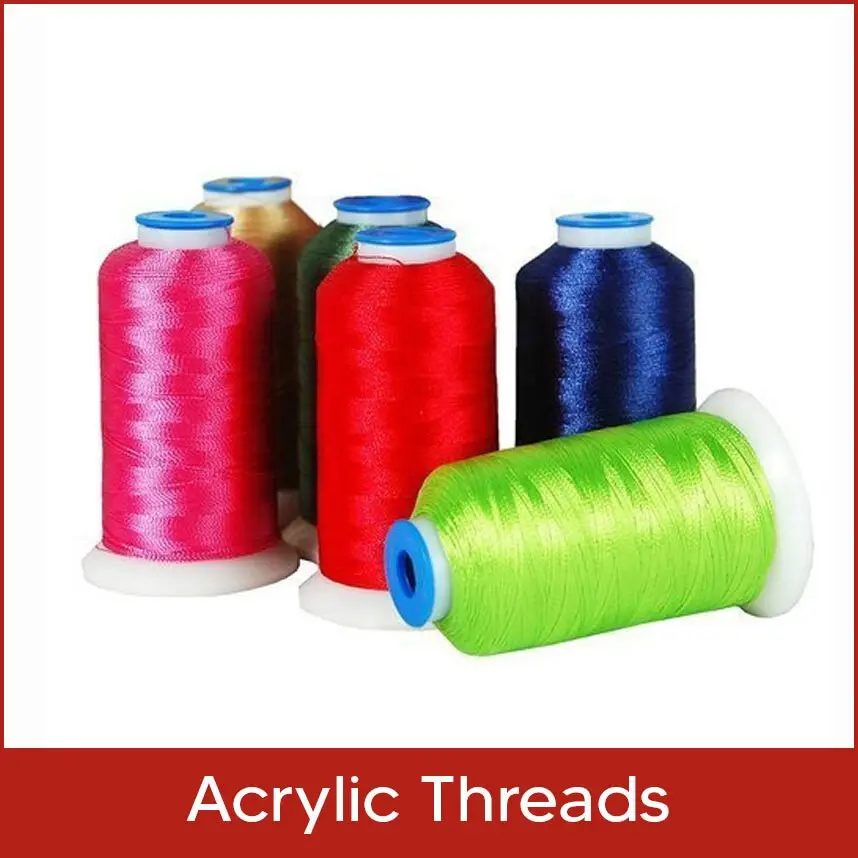
2. Cotton Threads
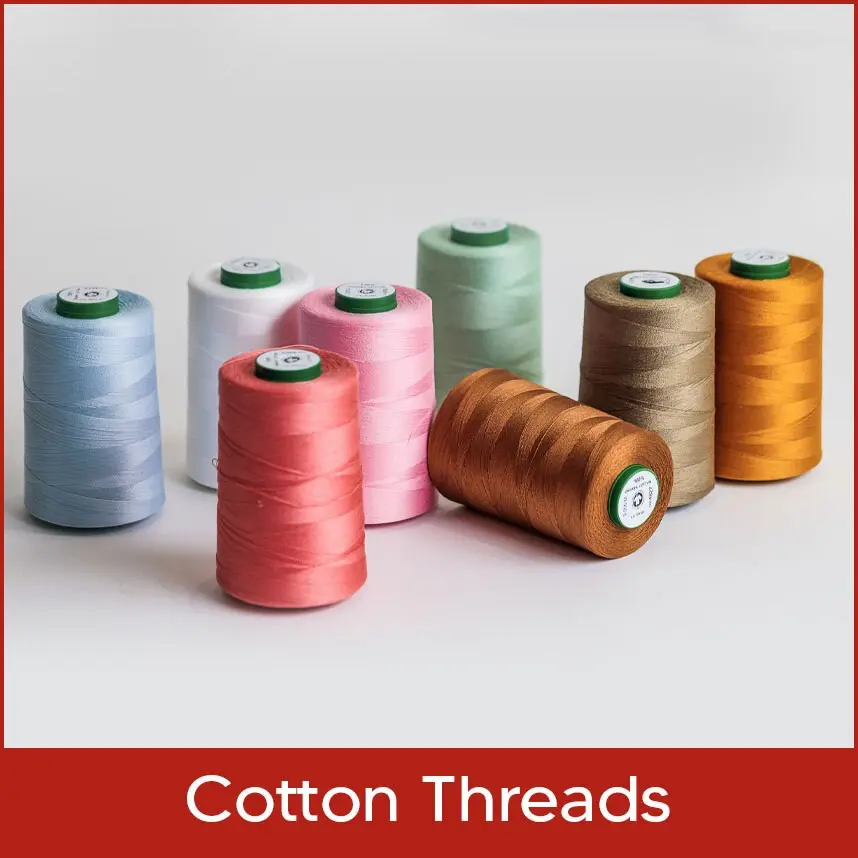
3. Rayon Threads
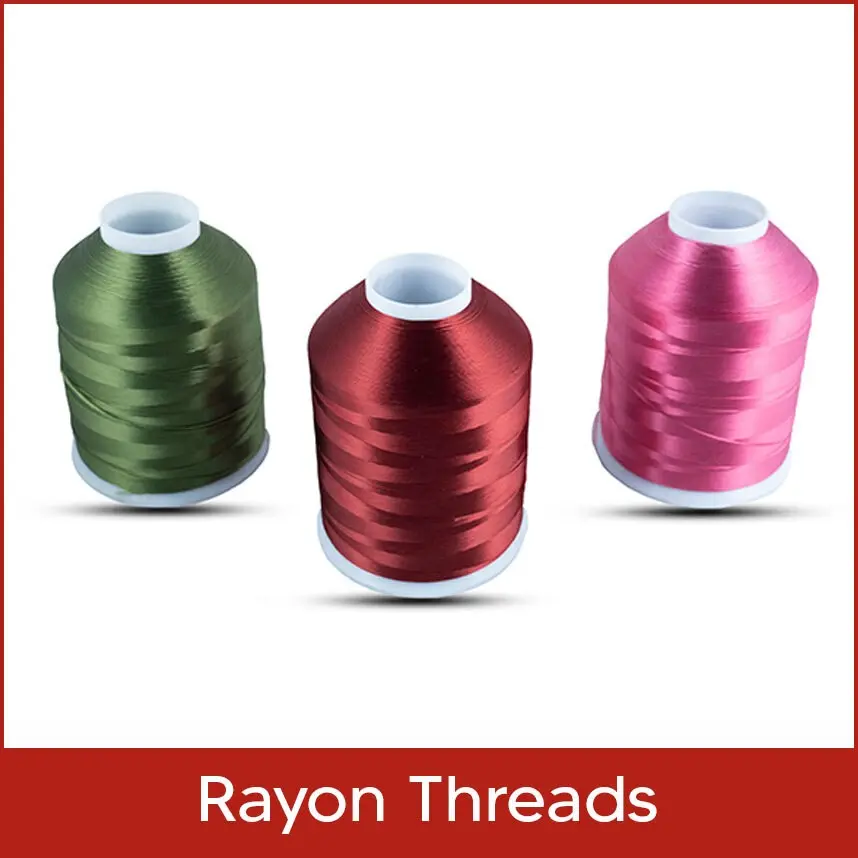
4. Wool Threads
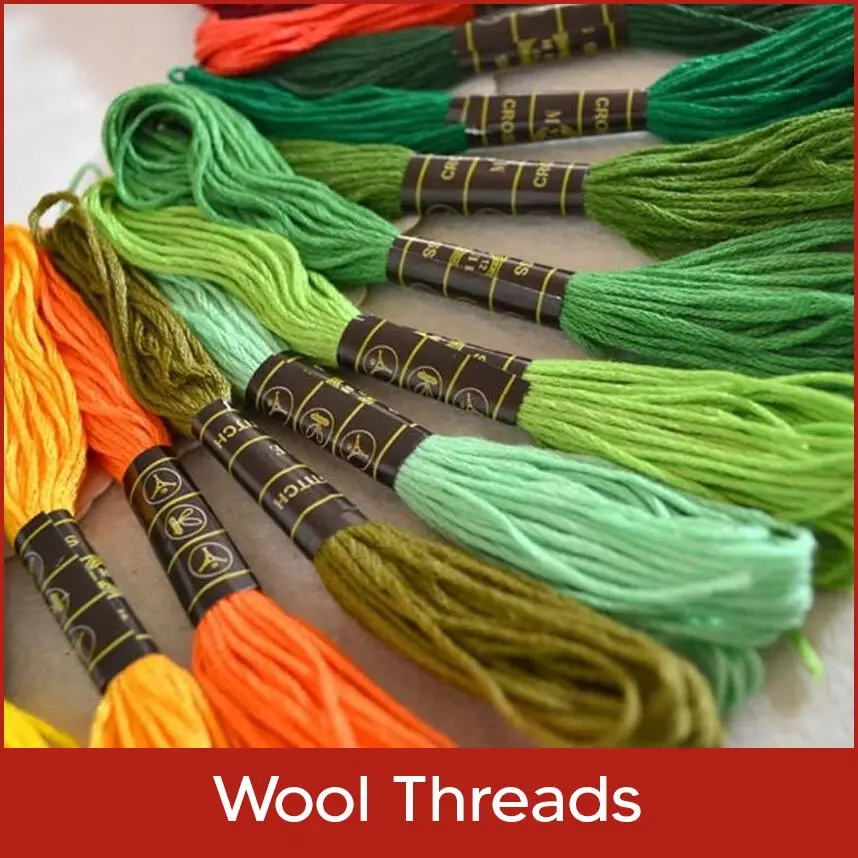
Selecting the Right Type of Embroidery Yarn
1. Weight of the Threads
2. Color and Design Considerations
Care and Maintenance Tips for Your Embroidery Yarn
Storing the Yarn Correctly
Cleaning Tips for Acrylic Threads:
Wool threads Cleaning:
Conclusion
FAQs (Frequently Asked Questions)
